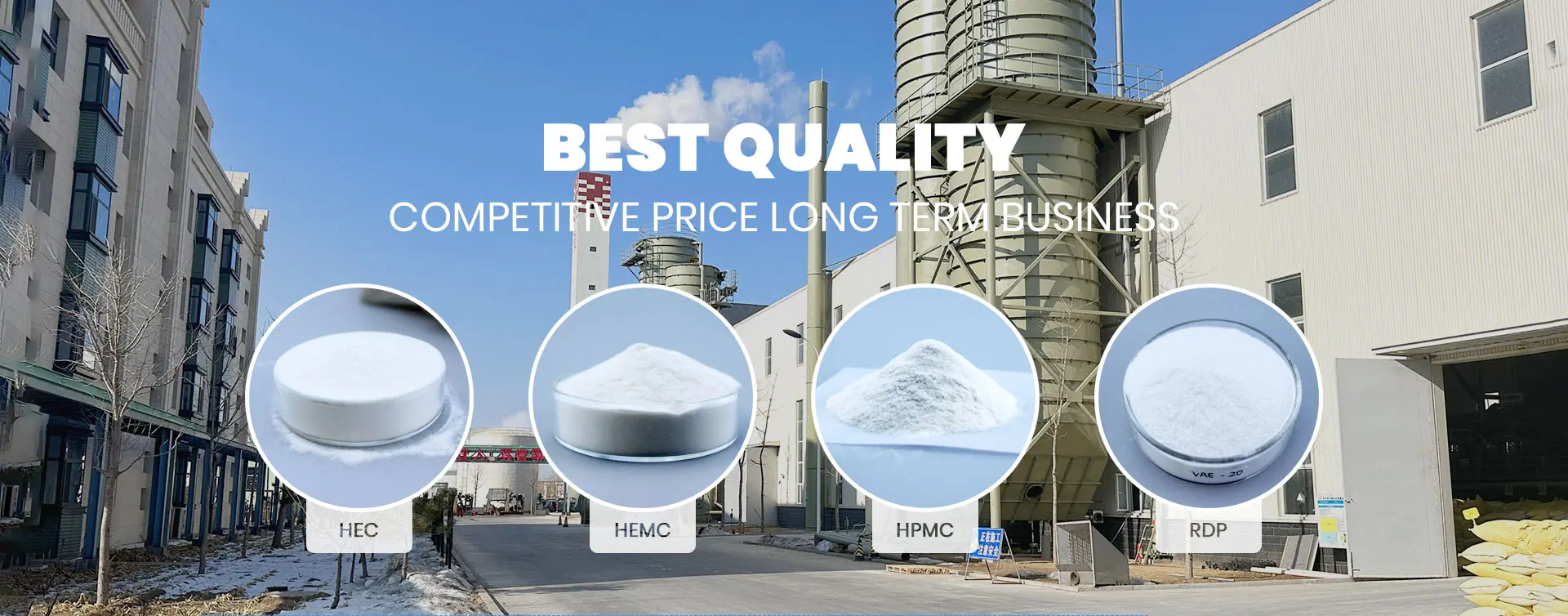
Nov . 09, 2024 04:36 Back to list
The Process of Producing Hydroxyethyl Cellulose from Natural Cellulose Sources
How is Hydroxyethyl Cellulose Made?
Hydroxyethyl cellulose (HEC) is a non-ionic, water-soluble polymer derived from cellulose, a natural polymer obtained from plant cell walls. HEC is widely used in various industries, including pharmaceuticals, cosmetics, food, and construction, due to its excellent thickening, gelling, and stabilizing properties. Understanding how HEC is made involves a look into the chemical processes and raw materials involved in its production.
Raw Materials
The primary raw material for the production of hydroxyethyl cellulose is cellulose itself. Cellulose can be sourced from various biomass materials, such as wood, cotton, or hemp. The cellulose used for HEC production is generally obtained through chemical processes that extract and purify it from plant sources. This process often involves treating cellulose with strong chemicals, like sodium hydroxide, to remove lignin, hemicellulose, and other impurities.
Once cellulose is purified, it is then subjected to a reaction with ethylene oxide, which is the second essential raw material for HEC production. Ethylene oxide is a colorless gas at room temperature and is highly reactive, making it suitable for creating hydroxyethyl groups on cellulose molecules, thus forming hydroxyethyl cellulose.
The Production Process
The production of hydroxyethyl cellulose can be divided into several key steps
1. Alkalization of Cellulose The purified cellulose fibers are first treated with an alkaline solution, commonly sodium hydroxide (NaOH). This treatment allows the cellulose molecules to swell and become more reactive. The alkalization process typically occurs in a controlled environment to ensure that the appropriate degree of substitution (DS) is achieved, which is crucial for the desired properties of the final product.
how is hydroxyethyl cellulose made

2. Etherification After alkalization, the cellulose is reacted with ethylene oxide in an etherification process. This reaction occurs in a controlled atmosphere, often under vacuum conditions, to minimize the risk of side reactions and to maintain the purity of the product. During this step, the hydroxyl groups (-OH) on the cellulose react with ethylene oxide, leading to the substitution of hydroxyethyl groups. This modification results in the formation of hydroxyethyl groups along the cellulose chains.
3. Neutralization and Purification Once the etherification process is complete, the reaction mixture is neutralized, typically using an acid, to neutralize any residual alkali and to stop the reaction. Following neutralization, the product undergoes purification processes to remove unreacted ethylene oxide and other by-products. This may involve several washing and filtration steps.
4. Drying and Milling After purification, the hydroxyethyl cellulose product is usually in a wet form. It needs to be dried to obtain a powder or a granular form suitable for storage and transportation. The dried HEC is then milled to achieve the desired particle size, which can vary depending on the end-use application.
5. Quality Control Finally, before the hydroxyethyl cellulose is released for commercial use, it undergoes rigorous quality control testing. This includes determining its viscosity, purity, degree of substitution, and other critical parameters to ensure it meets industry standards.
Applications of Hydroxyethyl Cellulose
Hydroxyethyl cellulose serves various functions in different industries due to its versatile nature. In the pharmaceutical industry, it acts as a thickener, stabilizing agent, and binder in formulations. In cosmetics, HEC is used for its ability to enhance the texture and stability of products such as lotions and gels. In the food industry, it acts as a thickening and emulsifying agent, improving the quality and shelf-life of food products. Additionally, in construction, HEC is used in cement-based products and coatings to improve their workability and performance.
Conclusion
In conclusion, the production of hydroxyethyl cellulose is a sophisticated process involving the transformation of natural cellulose through chemical reactions. The steps include alkalization, etherification, neutralization, purification, and drying, culminating in a product that is invaluable across multiple sectors. The versatility and functional properties of HEC continue to broaden its applications, making it an essential polymer in modern industries.
-
Versatile Hpmc Uses in Different Industries
NewsJun.19,2025
-
Redispersible Powder's Role in Enhancing Durability of Construction Products
NewsJun.19,2025
-
Hydroxyethyl Cellulose Applications Driving Green Industrial Processes
NewsJun.19,2025
-
Exploring Different Redispersible Polymer Powder
NewsJun.19,2025
-
Choosing the Right Mortar Bonding Agent
NewsJun.19,2025
-
Applications and Significance of China Hpmc in Modern Industries
NewsJun.19,2025







